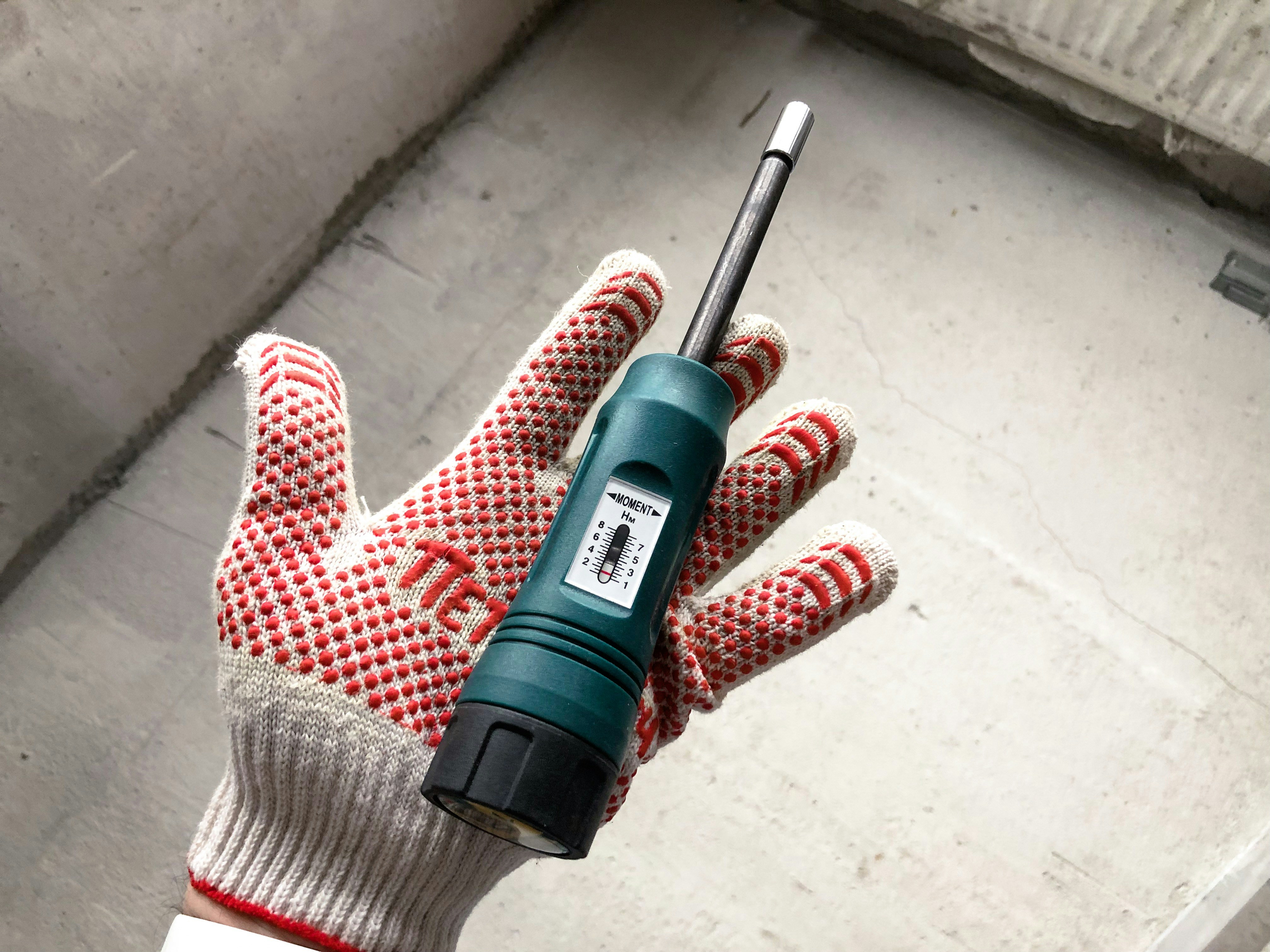Understanding Moisture Content in Wood
Moisture content in wood is a critical factor that significantly influences the quality, durability, and performance of wood projects. It is essential to understand that wood is a hygroscopic material, meaning it can absorb and release moisture depending on the surrounding environment. This dynamic behavior results in varying moisture levels, which can affect the wood’s structural integrity and appearance.
The ideal moisture content for different types of wood varies depending on their intended use. For example, hardwoods typically function best at moisture levels ranging from 6% to 8%, while softwoods may perform well at about 12% to 15%. Achieving these moisture content levels is vital, as excessively low moisture can lead to cracking and brittleness, while overly high moisture can encourage mold growth and decay. Understanding these nuances is paramount for anyone working with wood, from DIY enthusiasts to professional woodworkers.
Several factors can cause fluctuations in moisture levels, including environmental conditions such as humidity, temperature, and exposure to water. Wood that is improperly stored or left unprotected can quickly absorb moisture from the air, particularly in high-humidity environments. Conversely, heated indoor spaces may further dry out the wood, leading to potential issues such as warping and splitting. Monitoring moisture content through a moisture meter is essential for mitigating these risks and ensuring project longevity.
Using wood with improper moisture content can result in severe consequences. Warping, splitting, and decay may arise from poorly managed moisture levels, ultimately leading to structural failures and financial losses. Therefore, a comprehensive understanding of moisture content is foundational for effective use of moisture meters and achieving optimal results in woodworking projects.
Introduction to Moisture Meters: Types and Functions
Moisture meters are essential tools for woodworkers, contractors, and DIY enthusiasts, allowing them to measure the moisture content in wood and other materials accurately. The proper selection of a moisture meter is crucial in preventing expensive project failures due to excessive moisture, which can cause warping, cracking, or even mold growth. There are primarily two types of moisture meters available on the market: pin-type and pinless meters, each offering distinct functionality.
Pin-type moisture meters utilize two metal probes that penetrate the material to measure moisture levels directly. The resistance between the pins is affected by the moisture content: higher moisture levels lead to lower resistance, which the meter converts into a readable value. This type yields precise readings, making it particularly suitable for wood that is thick or dense. However, care must be taken when using pin meters, as they can leave small holes in the material.
On the other hand, pinless moisture meters function by emitting electromagnetic signals that penetrate the wood without causing any surface damage. They measure moisture levels based on the dielectric properties of the material, offering quick and non-invasive readings. Pinless models are generally easier to use, particularly on surfaces that cannot be penetrated, although they may not provide the same level of accuracy as pin-type meters at deeper depths.
When selecting a moisture meter, consider key features such as accuracy, range of measurement, and user-friendliness. An accurate moisture meter is indispensable for ensuring the success of any woodworking project. The range of measurement should accommodate both low moisture levels found in dried wood and higher readings in green wood. Moreover, a moisture meter that is easy to operate will save time and reduce the likelihood of errors in readings, ultimately leading to better project outcomes.
How to Use a Moisture Meter Effectively
Utilizing a moisture meter correctly is crucial for achieving accurate wood moisture content readings. Begin by preparing the wood sample you wish to test. Ensure the surface is clean and free of any dirt, dust, or oils that may influence the readings. For best results, it is recommended to measure wood at room temperature. If the wood is taken from a colder environment, allow it to acclimate indoors for several hours before testing.
Next, select the appropriate mode on your moisture meter. Most models come equipped with different settings for various types of wood, which helps in achieving more precise measurements. Once the setting is chosen, insert the probe into the wood’s surface, aiming for the center of the sample, if possible. This method provides a more accurate representation of the moisture content within the material.
It is imperative to take multiple readings across different sections of the wood to account for any inconsistencies. Avoid relying on a single measurement, as moisture levels can vary due to several factors such as wood age, exposure to moisture, and storage conditions. To enhance the accuracy of your results, wait a few seconds after the initial probe insertion for the meter to stabilize before recording the value.
Common issues users may encounter include fluctuating readings or failure to power on. In such cases, check the battery and probe connection, as these are often the culprits. For ensuring the longevity of your moisture meter, store it in a cool, dry place when not in use, and routinely clean the probes to prevent buildup that could affect performance.
By following these best practices, you can effectively use a moisture meter to monitor wood moisture content, thereby preventing potential project failures due to improper moisture levels.
Real-Life Applications: Case Studies of Successful Wood Projects
Understanding the significance of moisture meters in wood projects becomes evident through various practical applications. One notable case involves a skilled craftsman who undertook a large furniture-making project. This individual utilized a moisture meter to monitor the moisture content of the hardwoods acquired. By measuring the levels consistently throughout the drying process, he was able to identify when the wood reached optimum moisture content before beginning the construction phase. This proactive approach significantly reduced the risk of warping and cracking post-assembly, ultimately leading to a successful completion without costly repair needs.
In another instance, a local school decided to incorporate woodshop classes into their curriculum. The instructors recognized the pivotal role of moisture meters in teaching students about the importance of wood preparation. By integrating this tool into their lessons, students learned how moisture content affects wood properties and how to prevent potential failures in their projects. As a result, students successfully constructed various items, ranging from small shelves to intricate wooden toys, without encountering common pitfalls such as splitting or delamination, thanks to their awareness of moisture levels.
Even on a larger scale, a woodworking business specializing in cabinet-making experienced significant benefits from investing in moisture meters. The team discovered that their delivery times improved, as they learned to select properly dried materials. By actively checking moisture levels before sourcing lumber, they minimized delays associated with unforeseen issues related to wood stability. This proactive approach not only streamlined their production process but also enhanced client satisfaction, leading to increased referrals and repeat business.
These real-life examples illustrate how moisture meters are invaluable tools for both amateur and professional woodworkers alike. By employing moisture meters, individuals can safeguard their wood projects against potential failures, ensuring the longevity and quality of their craftsmanship.
If you’re interested in purchasing the item you seek, please click the link for additional details: #americanachoice.
https://amzn.to/3SBN3Oy
AFFILIATE DISCLOSURE: I am an affiliate for this company, I am not a paid employee.
I may receive a commission if you click a link on this page and choose to purchase something.
You can rest assured I will only share things I believe in and will be valuable to you.

